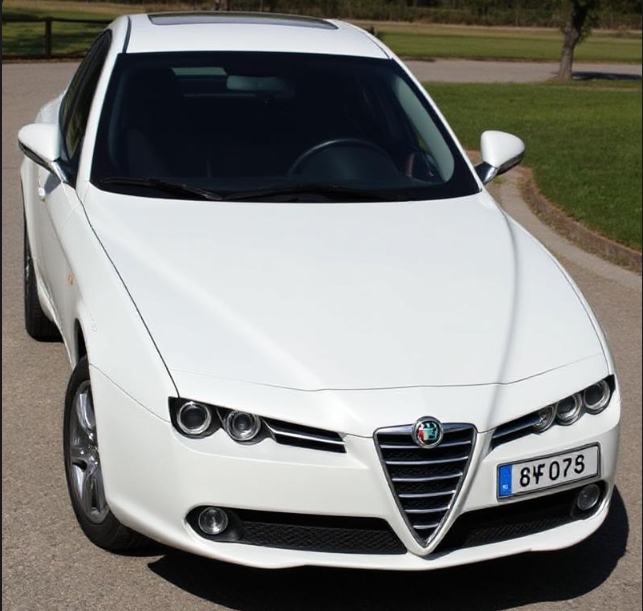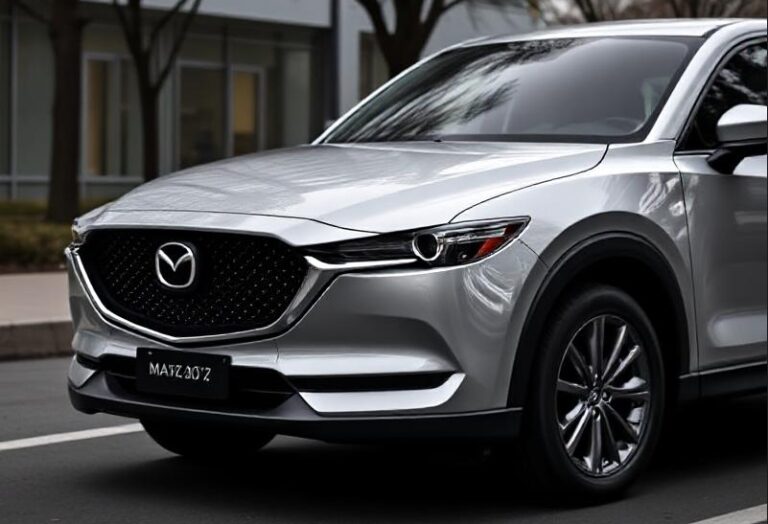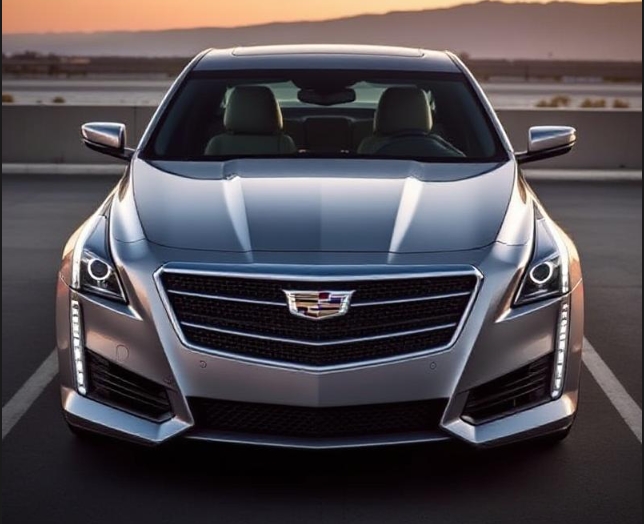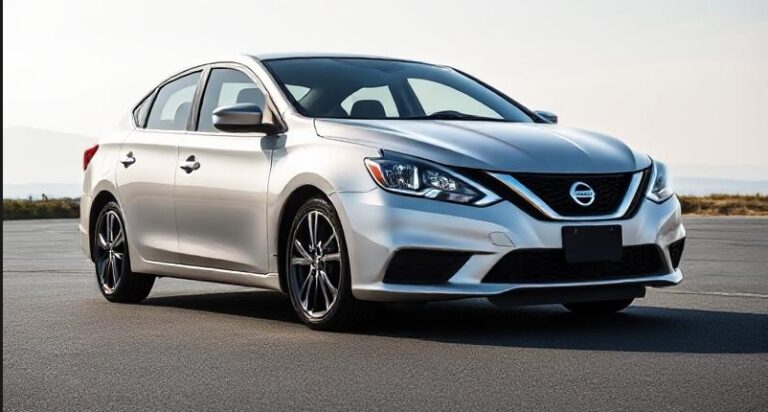The Evolution of the Jaguar X-Type
The Jaguar X-Type stands as a significant chapter in the marque’s storied history, representing Jaguar’s strategic foray into the compact executive car segment. Launched in the late 1990s and produced through the early 2000s, the X-Type aimed to broaden Jaguar’s appeal and capture a new market segment. This article traces the development of the Jaguar X-Type, detailing its production timeline, models, and trim variations.
Origins and Development (Pre-Production)
Before the X-Type’s official launch, Jaguar’s focus was primarily on larger sedans and luxury vehicles like the Jaguar XJ and S-Type. Recognizing the need for a smaller, entry-level model to attract younger buyers and expand its customer base, Jaguar collaborated with Ford (which owned Jaguar from 1990 to 2008) to develop the X-Type. The project was based on the Ford CD132 platform, also used by the Ford Mondeo, which allowed Jaguar to produce a premium vehicle with cost efficiencies.
Production Timeline and Key Milestones
- Launch Year: 2001
- Production Period: 2001–2009
- End of Production: 2009
The X-Type was introduced as a 2002 model and remained in production until 2009, when it was discontinued as part of Jaguar’s restructuring efforts.
First Generation (2001–2009)
Model Introduction and Initial Offerings (2002-2004)
The Jaguar X-Type debuted as a compact luxury sedan designed to combine Jaguar’s traditional styling and performance with the practicality and affordability of a smaller car. It was initially offered in a single body style: a four-door sedan with a five-passenger capacity.
Key features at launch included:
- Classic Jaguar styling cues, including a distinctive grille, rounded lines, and a refined interior
- All-wheel drive (AWD) as an option, emphasizing its sporty and versatile appeal
- A range of engines, starting with a 2.5-liter V6 and a 3.0-liter V6
Model Variants and Trim Levels
Throughout its production run, the X-Type was available in several trim levels, reflecting different levels of luxury, equipment, and performance.
Early Models (2002-2004)
- Base: The standard model included features such as leather upholstery, alloy wheels, power accessories, cruise control, air conditioning, and a premium audio system.
- X-Type Classic: Often the entry-level trim, offering essential features with fewer luxury options.
- X-Type Sport: Introduced to emphasize sportier styling and handling, often featuring specific exterior accents and sport-tuned suspension.
Mid-Generation Updates (2004–2007)
To keep the model fresh, Jaguar introduced updates that included technological improvements, styling tweaks, and new trim options.
- X-Type SE: Positioned just above the base, adding features like upgraded audio, wood interior trim, and additional comfort options.
- X-Type Sport: Continued as a performance-oriented trim, featuring larger alloy wheels, sportier suspension tuning, and aesthetic enhancements like side skirts and unique badging.
Late-Generation Models (2007–2009)
In 2007, Jaguar refreshed the X-Type to boost its appeal in a competitive segment.
- X-Type S: The sportiest trim, equipped with a more powerful engine (initially a 2.5-liter V6, later a 3.0-liter V6), sport-tuned suspension, and distinctive styling cues.
- X-Type R: A high-performance variant introduced in 2008, featuring a supercharged 3.0-liter V6 engine producing around 400 horsepower, sportier chassis tuning, and aggressive styling elements.
Powertrain Options
Over its production cycle, the X-Type was offered with a variety of engines:
- 2.5-liter V6: Initially available, producing approximately 194 horsepower.
- 3.0-liter V6: A more powerful option, delivering around 227 horsepower.
- Supercharged 3.0-liter V6 (X-Type R): The top-tier engine, producing approximately 400 horsepower, paired with sport suspension and braking systems.
- Diesel Engines: From 2004 onward, a 2.0-liter and later a 2.2-liter diesel engine were offered for markets outside North America, emphasizing fuel economy.
Transmission Options
- 5-speed manual transmission (available in early models and specific trims)
- 5-speed automatic transmission
- 6-speed automatic (later models, especially in sportier trims)
Notable Features and Technology
Throughout its lifespan, the X-Type saw gradual technological improvements:
- Infotainment: From basic audio in early models to more advanced audio systems with navigation and Bluetooth in later trims.
- Safety: Incorporation of stability control, anti-lock braking system (ABS), and multiple airbags.
- Interior: Upgrades included premium leather upholstery, wood veneer trim, and enhanced sound insulation.
.
You’ve got that cool car, but is it resting in its own cool place?
It’s visually pleasing for the surrounding areas outside of your home to look as awesome as what’s stored inside your garage! If you desire a truly inspirational environment, you should check into these plans!

.
Special Editions and Limited Models
Jaguar occasionally released special editions to promote certain features or celebrate milestones. These included:
- X-Type Celebration Edition: Featuring unique badging and additional equipment.
- X-Type Sport Limited Editions: Offering enhanced performance features and exclusive styling cues.
Discontinuation and Legacy
Despite its initial success in attracting new buyers, the X-Type faced criticism for its reliance on shared Ford platform components, which some purists felt compromised Jaguar’s traditional luxury and performance standards. Nevertheless, the model was appreciated for its refined styling, balanced handling, and value proposition.
Production officially ended in 2009, with the introduction of the Jaguar XF as Jaguar’s new compact executive offering. The X-Type’s legacy lies in its role as a transitional model that brought Jaguar into the compact luxury segment, setting the stage for future models.
Summary of Model Years and Trim Levels
| Year | Models & Trim Levels | Notable Features |
|---|---|---|
| 2002-2004 | Base, Classic, Sport | Introduction of AWD, initial engine lineup |
| 2004-2007 | SE, Sport | Interior upgrades, styling tweaks, new trim options |
| 2007-2009 | S, R, Sport Limited Edition | Facelift, more powerful engines, high-performance variants |
Conclusion
The Jaguar X-Type’s evolution reflects the automaker’s efforts to blend traditional luxury with modern compact car design. From its debut in 2001 to its discontinuation in 2009, the X-Type underwent multiple updates, offering a range of models and trims to suit diverse tastes and demands. While it faced challenges associated with platform sharing and market competition, it remains a notable model in Jaguar’s history for its role in expanding the brand’s reach and introducing a new generation of drivers to the luxury marque.







